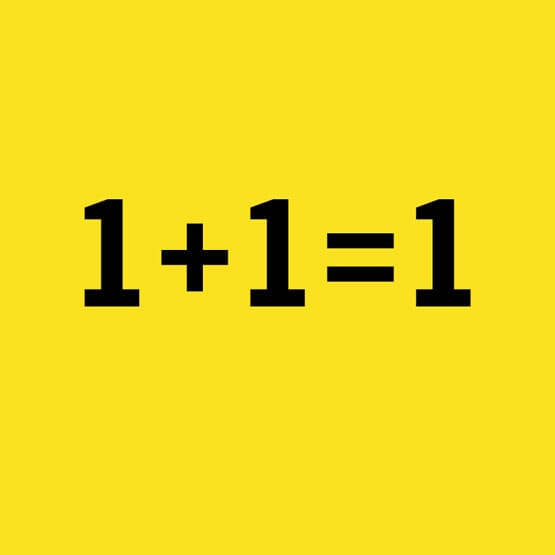

For decades there was a school of thought in the design business that there was only one true solution to each problem, and it was the designer’s task to analyse, research, think a bit, think some more, reach deep inside themselves then create and present the one, perfect, irrefutable idea.
And it’s an attractive proposition, when you compare what we do with other professions. A barrister will return with the single, ideal defence to keep you out of jail. Commission an architect, they’ll come back with their dream building. A surveyor tells you the best way to keep your house from falling down.
Little wonder that this ‘absolutist’ school of problem solving appeals to the ‘consultant’ in all of us – ‘they have come to me for what I do and now I will return to them with the one great solution’.
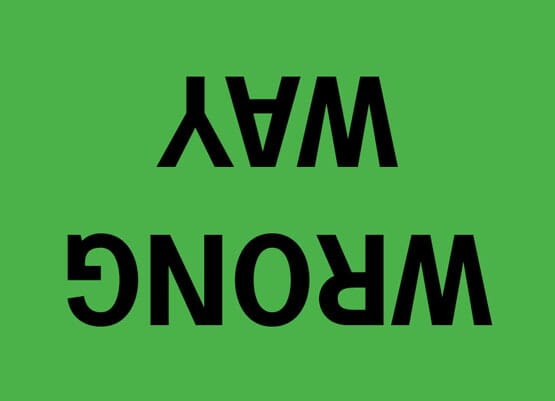
But what happens when it doesn’t pan out quite as planned? What happens when a client has his or her own view and thinks there may be another way? What happens if you’ve made too many assumptions, or your research has led you down the wrong alley? (Or, dare I say it, you were bit off your game and what was billed as the perfect solution was actually imperfect and deep inside you knew it all along?)
Well, then more ideas are necessary.
Immediately there are some major questions: if we’re being true absolutists, given that there was only one solution in the first place which has now been rejected, the only answer now is to resign the account. Now, that may have been fiscally viable decades ago, but with most designers across the world struggling to make ends meet and keep their accountants at bay, it may not make huge sense to just say sayonara to your shiny new project quite that hastily.
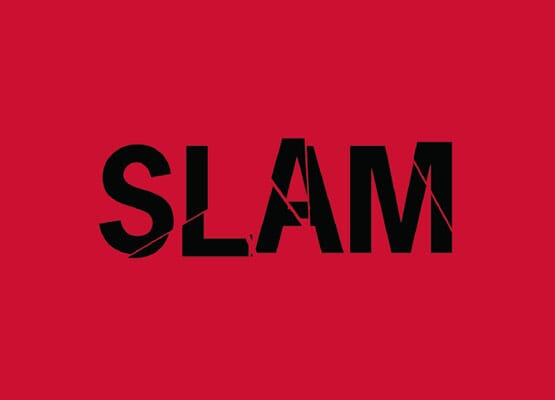
I’ll admit, the younger and more hot-headed version of myself would have flailed and flounced with the best of them when faced with outright rejection. In fact, having been kept waiting for a meeting for 8 hours once, only to be admitted at 5.45pm (having flown there for a 9.00 am meeting) and then had the designs torn to shreds, I eyed the door handle as I left the room and made an executive decision to SLAM it as hard as I could behind me. (Guess what: we lost the account. But boy did that SLAM feel fantastic).
So, breaking doors and resigning accounts apart, what do you do? Do you go back to the drawing board, chuck everything away and start again? Or take the kernel of an idea from one route, that bit the client liked from the other route, mash them together in an uncomfortably forced marriage, hope for the best and plough on?
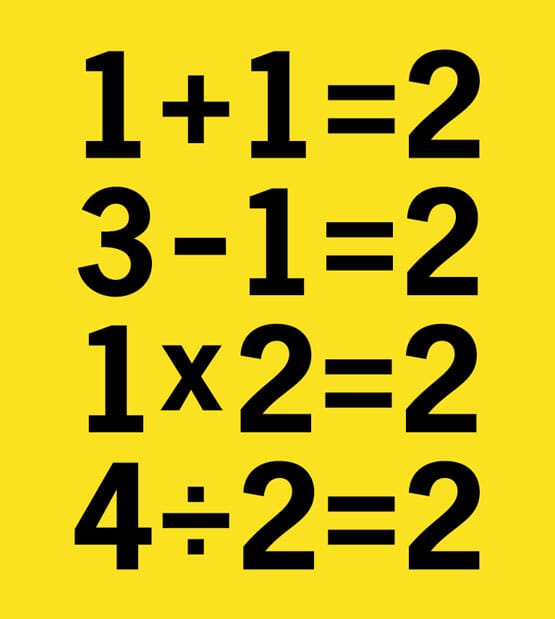
I would argue that this is where a good designer earns their stripes. Of course, it’s a drag to have your favourite idea rejected. And there are occasions where some truly great ideas are canned, and NO it wasn’t fair and YES it happens to everyone.
But sulking in the corner doesn’t solve the problem. Because it happens to all of us, at least once a year. The ‘great idea’ gets bombed and we have to start again, all the time wondering if another ‘great’ idea will turn up. It happened to me just this week, as I sat in a café sketching an idea for some stamps that changed, just slightly, as you looked across the sheet, and created a kind of animated effect. I swear it was gold. Maybe a platinum. But just one phone call to the client the next day killed it dead (the idea for 6 stamps with 5 variants of each would count as 30 separate stamps. Not allowed. Game over.)
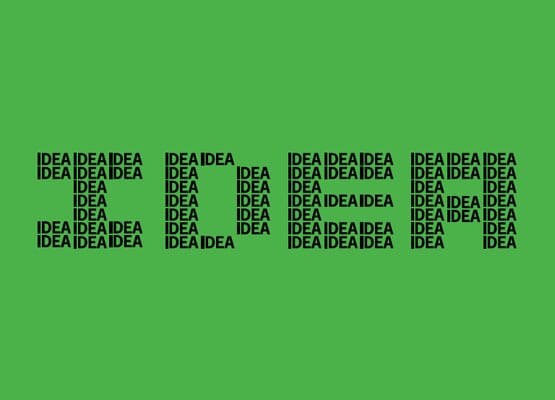
We’re back to square one a bit with the stamp project, but I’m hopeful. You see, often the road continually trodden, and re-trodden, can lead you to a better solution. I’m sure Bob Gill once made the same point – another great thought is just out there, waiting to be had, and as Linus Pauling once famously said, ‘the best way to have a good idea is to have lots of ideas’, and he was right.
It’s no co-incidence that some of our more interesting solutions of the last few years (such as the Pew Center) came on projects that didn’t, on paper, go that smoothly. They all had moments like that key point in most movies (about 80% of the way through) where everything seems insurmountable and our hero/heroine will never resolve his/her struggle. You know the moment.
Pushing yourself out of the comfort zone to look for other ways that move past the original thought can open up new approaches - it’s difficult at the time but sometimes the journey can be worth it. Sometimes we’ve had to do some extraordinary things, like redo design stages three or four times, or commence a design ‘blitzkrieg’ where our Führer (OK, the client) received something new via pdf every day for two weeks.
But all of this won’t stop all of us trying for the ‘one great idea’. And in twenty years in business it has happened. On about three occassions. The rest of the time? The struggle can be absolutely worth it.
Originally written by Michael Johnson for the new edition of Kyoorius magazine
Follow johnson banks on twitter @johnsonbanks, on Facebook and sign-up for our up-and-coming newsletter here